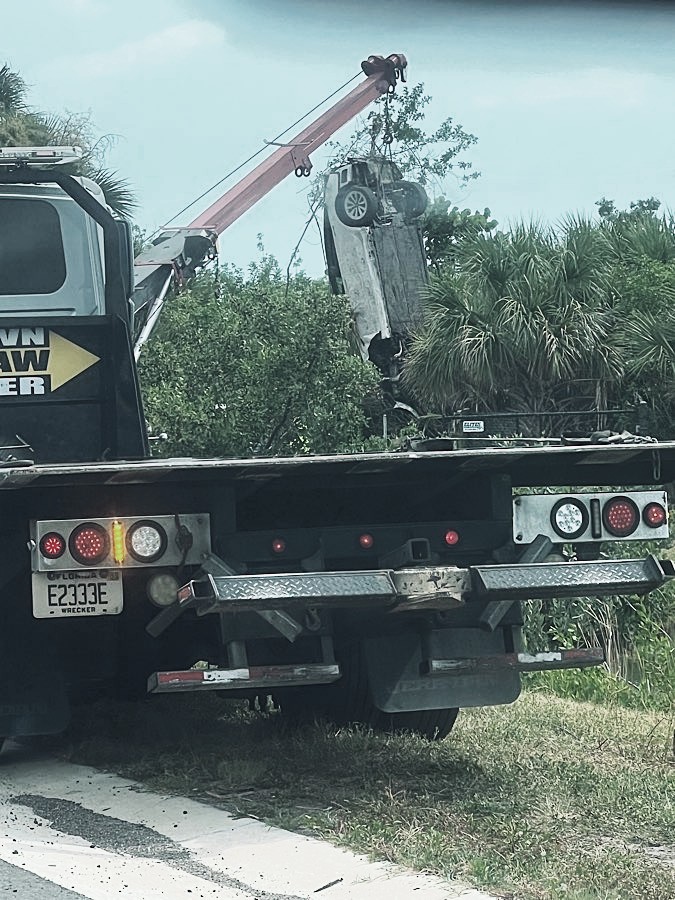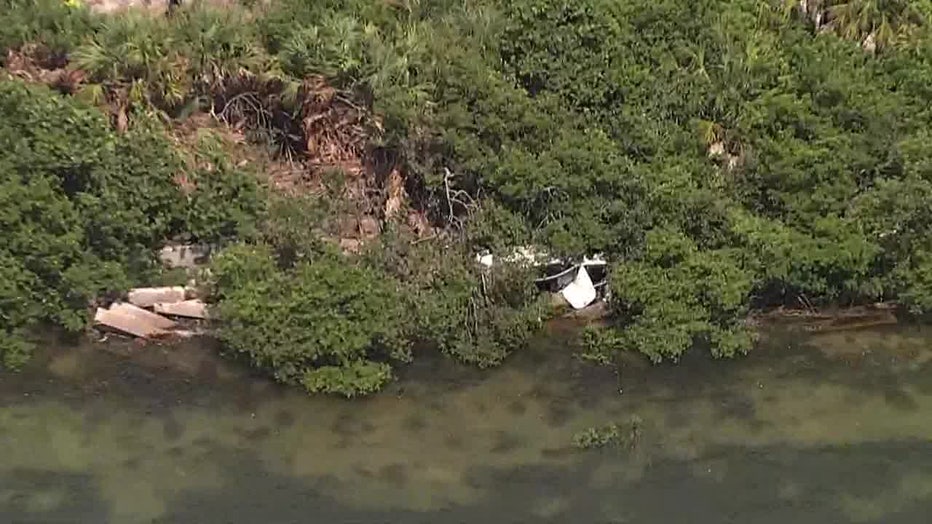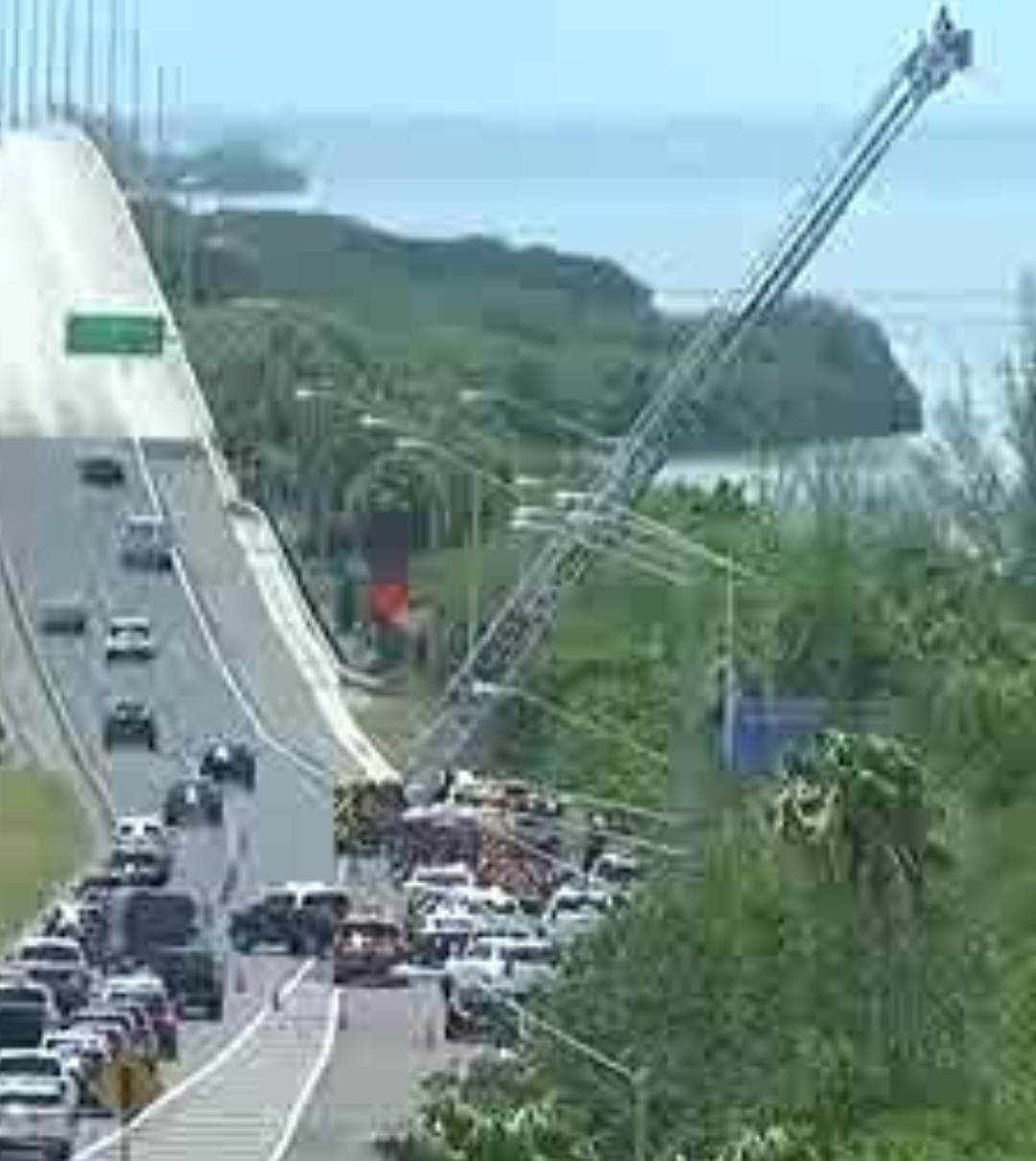Space is rapidly being cluttered with expensive orbiting garbage full of toxic chemicals, thanks to lack of environmental planning by SpaceX.
The latest report, as forced by FCC regulations, is that SpaceX is a Titanic mistake, a catastrophic collision error at mass scale just waiting to happen.
Satellites in SpaceX’s Starlink megaconstellation made nearly 50,000 collision-avoidance maneuvers in the last six months, about double the number made in the previous half-year. […] SpaceX revealed the increase in its latest Semiannual Constellation Status Report, which was filed with the U.S. Federal Communications Commission (FCC) on July 1. According to the report, on average, each Starlink satellite fired its thrusters 14 times between Dec. 1, 2023, and May 31, 2024, to dodge orbiting objects, such as other Starlink satellites…
Apparently SpaceX came up with a business plan of causing massive traffic jams and pollution. Some hope AI magically can be trusted in figuring out all future crash avoidance despite exponentially harder risk. This sounds about as likely as Tesla delivering a million robotaxis by 2024.
In fact, their satellite AI seems poorly designed and probably can be gamed easily by an adversary, forcing massive constellation-level collisions.
During the first four years after the first Starlink launch, the number of evasive maneuvers kept doubling every six months… the more maneuvers Starlink satellites make, the faster they use up their propellant, resulting in a shortening of their operational lives.
What will they not think of next?
It’s almost like they were setup to be paid to burn money while they ruin the skies.
In a five-minute exposure with the scope’s camera, 19 white lines defaced the picture. It didn’t take long to realize the culprit. […] Even SpaceX was surprised, Cooper said. The culprit seems to be surfaces that scatter light diffusely, but the company is still trying to figure out precisely what makes the satellites so [awful].
In short, a company notoriously awful at predicting anything is saying everything will be fine, so just relax because the worst is yet to come.


